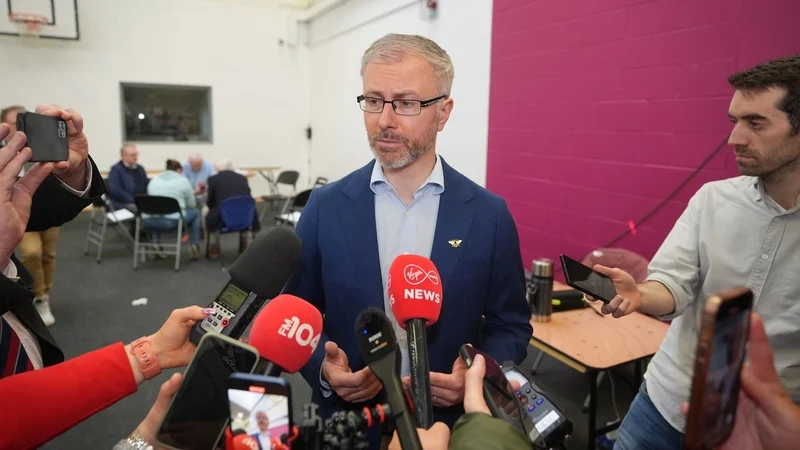Green Wipeout: A Warning to Left-Wing Parties on the Cost of Coalition Power

Green Wipeout: A Warning to Left-Wing Parties on the Cost of Coalition Power
Text: Izzy Copestake
And so the cycle repeats: a small party with historic successes 5 years ago sees a wipeout after a stint in government.
The Green Party have had a tough weekend, suffering its worst election losses since 2011, when it lost all its seats. That loss was largely attributed to public backlash over the financial crash and the IMF bailout, which occurred under their coalition government.
This time, the Greens faced a similar outcome, retaining only one of their 12 seats as the election count nears completion. Ireland, long dominated by governments led by Fine Gael or Fianna Fáil, has seen a series of smaller coalition partners join these major parties with the aim of “bringing change from the inside.” However, is aligning with the centre-right political establishment doing more harm than good for smaller parties? The Greens’ near-total wipeout in this election suggests it might be.
Several factors are being blamed for the Greens’ dramatic losses. One was the carbon tax, a policy designed to discourage petrol use and reduce emissions. While it has contributed to higher fuel prices and the Greens were widely blamed, the tax was actually introduced by the previous government.
The party also faced backlash from its core supporters for voting in favor of the Planning and Development Bill 2023, which included plans for the Shannon Liquified Natural Gas (LNG) terminal. Set to be one of Europe’s largest fracked gas projects, it drew criticism from environmental advocates and some of the party’s most loyal supporters.
The root of all of the Greens woes? In their own words: it’s from the coalition itself. “It’s hard for a smaller party in government; that’s long been the tradition, the history in Ireland,” said party leader Roderic O’Gorman—now the Greens’ sole remaining TD—on Sunday night. “We hoped going into the election to buck that [trend], but we haven’t been able to buck that today.” While he did also add that he didn’t regret going into government with Fianna Fáil and Fine Gael, he also aded that “I don’t think they did us any favours, but I wasn’t expecting them to do us favours.”
Veteran party member and former MEP Ciarán Cuffe echoed this sentiment. Speaking to The Guardian, he said: “We were seen as the fall guys. We were being attacked from two sides: from some of our core supporters who felt we weren’t doing enough, and then from loud voices in Fianna Fáil and Fine Gael saying the Greens were destroying the country. We were stuck between a rock and a hard place.”
This isn’t a new trend. In 2016, Labour suffered its worst election in history—just five years after its best-ever result. Its representation in the national parliament plummeted from 37 seats to just 7. The common denominator? Being in coalition with Fine Gael.
Smaller left-wing parties often enter government alongside Fine Gael or Fianna Fáil, claiming they can enact meaningful change from within. But after five years, many find themselves weakened, their voter base eroded, and their influence diminished. As the final seats are filled, Fine Gael and Fianna Fáil are expected to approach Labour or the Social Democrats as potential coalition partners.
The question remains: will any left-wing parties risk joining the government, knowing the cycle could repeat and leave them in tatters five years later? As the vote count wraps up, we may soon learn whether lessons from the past have been learned.
